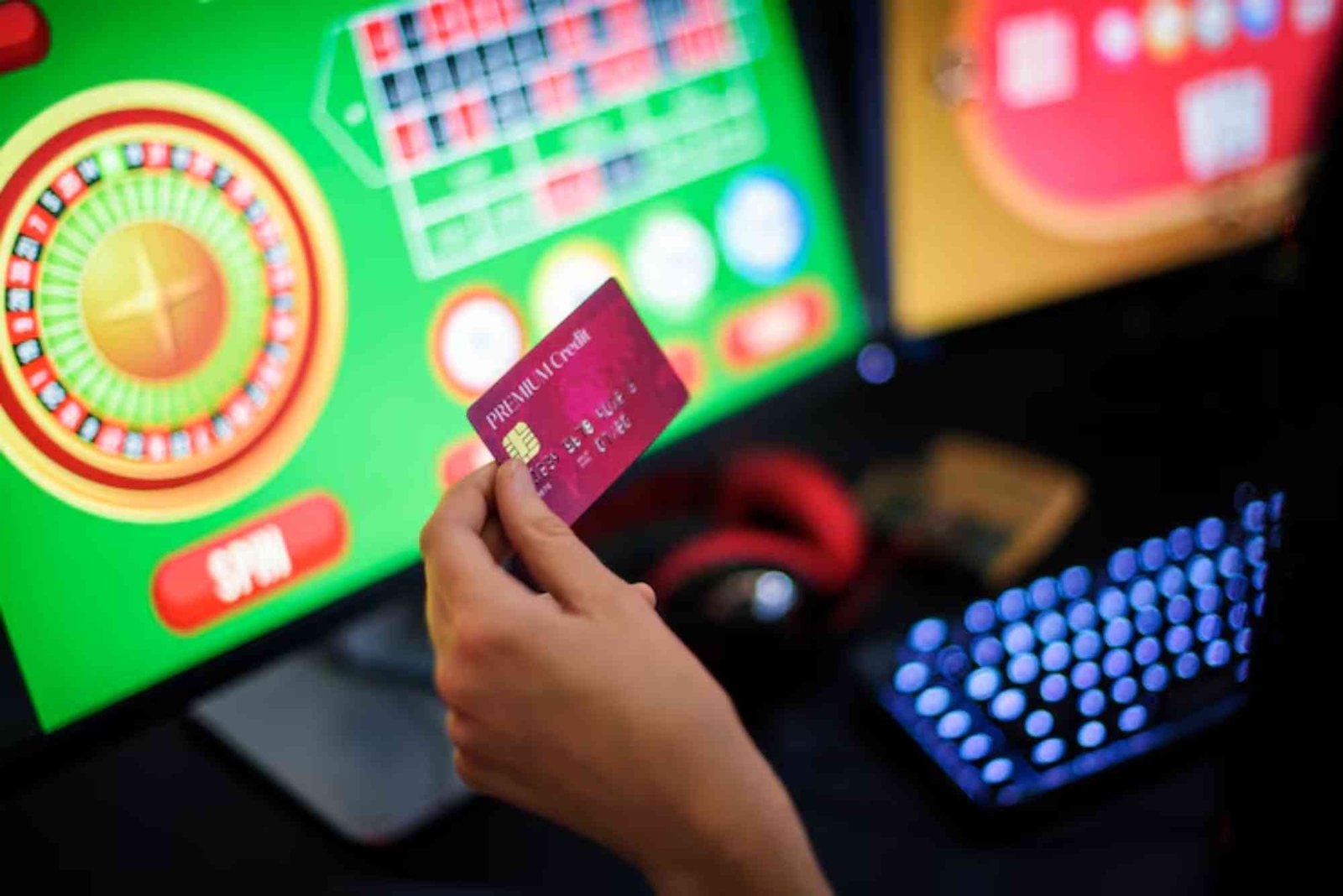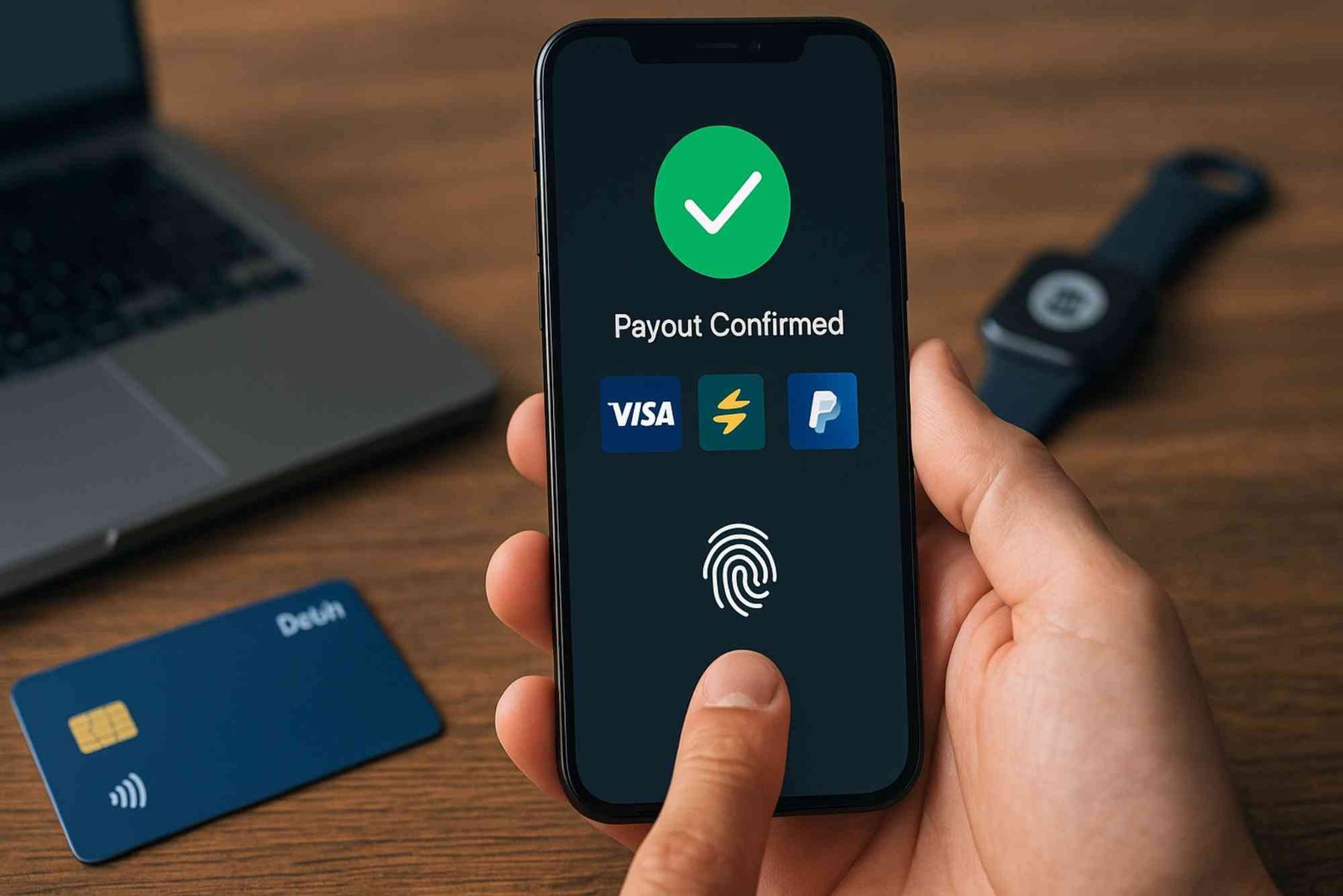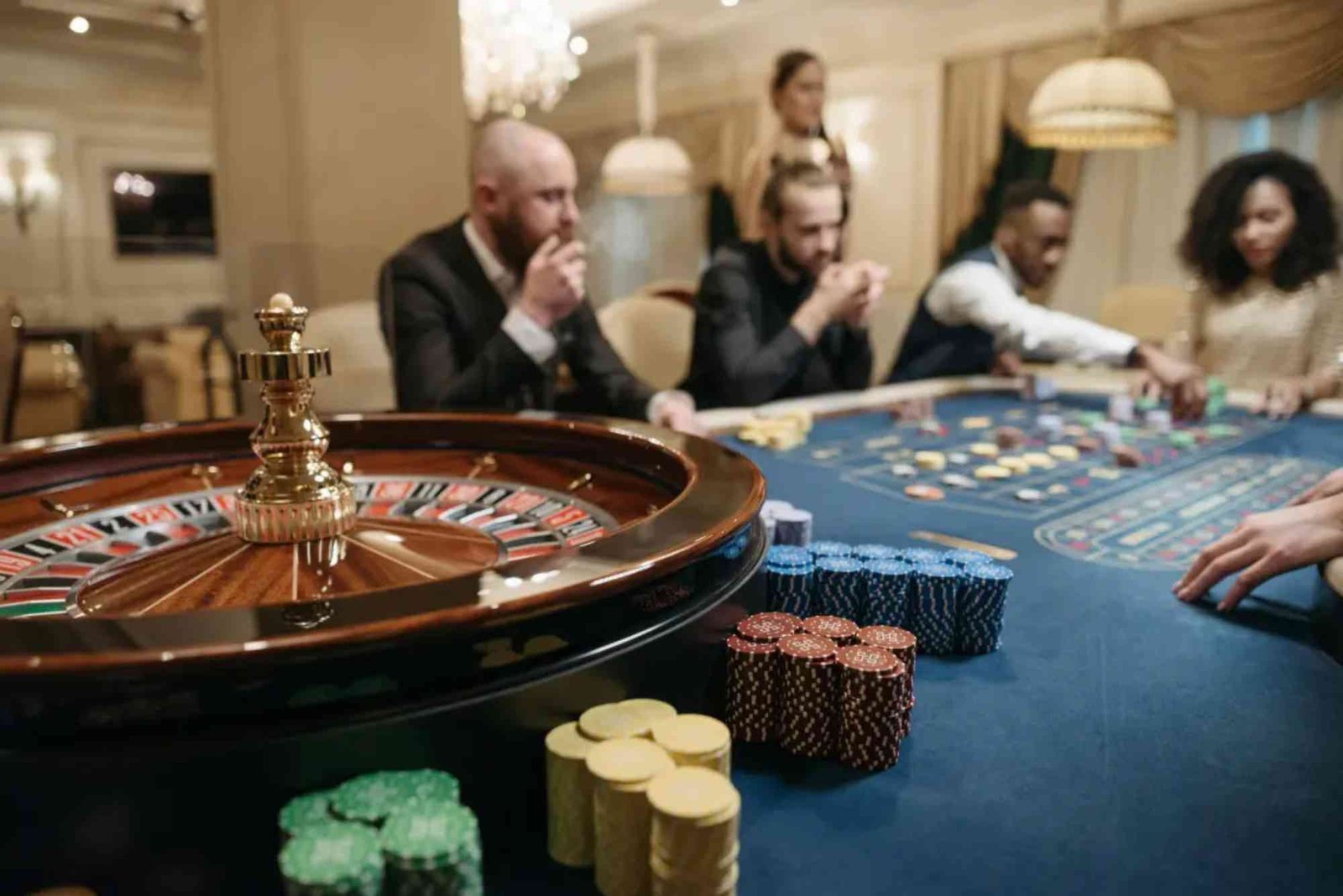When you sit down at a slot machine, whether in a glittering Las Vegas casino or on your favorite online gambling site, there’s one crucial factor quietly working behind the scenes: the return rate. Often called RTP, or Return to Player, this number plays a key role in how your experience unfolds—and in whether or not you walk away with more money than you started with. But what does it actually mean? Why does it matter? And how does it intersect with trends like casinos no verification?
Let’s dive into the world of return rates in slots, break down their real-world implications, and unpack why informed players always pay attention to RTP.
What Is RTP (Return to Player)?
Return to Player, or RTP, is a theoretical percentage that indicates how much of the money wagered on a slot machine will be returned to players over time. For example, a slot with a 96% RTP means that, on average, the machine will pay out $96 for every $100 wagered. The remaining 4% represents the casino’s edge.
It’s important to understand that RTP is calculated over millions of spins. This means that in the short term, anything can happen. You could hit a big win on your first spin—or lose your entire budget in minutes. But over time, the RTP guides the expected performance of the game.
Many modern online slots range between 94% and 98% RTP. Land-based slots sometimes have slightly lower percentages, which is why seasoned players often prefer online platforms, especially those offering greater transparency.
Why Return Rates Matter for Players
At first glance, RTP might seem like just another statistic. But if you’re serious about managing your bankroll or getting the most entertainment for your money, understanding RTP is essential.
Let’s say you enjoy playing with a budget of $100 per session. Choosing a slot with a higher RTP gives you a better shot at extending your playtime. Think of it this way: a machine with a 98% RTP theoretically costs you $2 per $100 wagered, while one with 92% RTP costs you $8. Over dozens or hundreds of spins, that difference adds up.
Also, for players who enjoy games over the long term, higher RTP can make a big difference in the total value you get from your time spent.
Volatility and RTP: The Perfect Pair
One thing that often confuses newer players is how RTP interacts with volatility—another important concept in slot gaming. Volatility describes how frequently a slot pays out and the size of its wins.
A high-volatility game may go long stretches without a win but then deliver a huge payout. A low-volatility game tends to pay out smaller amounts more frequently. The interesting part? Two games can have the same RTP but feel entirely different to play.
Take this example:
-
Slot A has 96% RTP and low volatility. You get small wins often.
-
Slot B also has 96% RTP but high volatility. You win less often but hit big wins when you do.
Knowing the RTP without understanding volatility is only half the equation. Together, they help players choose games that match their preferred risk and reward balance.
The Role of Return Rates in Online Casinos
Online casinos generally provide more information than brick-and-mortar ones. It’s common to see slot RTP listed directly in the game’s info section. That’s a big plus for savvy players.
What’s more, regulatory bodies like the UK Gambling Commission and the Malta Gaming Authority require online operators to adhere to specific RTP ranges and audit their games regularly. This transparency builds trust—and helps players make informed decisions.
Now, with the rise of casinos no verification, the discussion around RTP becomes even more interesting.
Casinos No Verification: A New Frontier
Casinos with no verification have surged in popularity, especially among users who value privacy and speed. These platforms usually allow you to sign up and deposit without providing extensive identity documents. It’s easy to see the appeal: no tedious KYC (Know Your Customer) forms, no waiting periods, and a much quicker path to gameplay.
However, the lack of verification can raise questions about fairness and trustworthiness. That’s why RTP becomes even more crucial in these spaces. Since you may not be dealing with a heavily regulated entity, you should look for signs that games are independently tested—often indicated by third-party audits or software providers with good reputations.
Reliable casinos no verification will still offer access to games from well-known developers like NetEnt, Microgaming, or Play’n GO, all of which maintain standard RTP levels and publish those stats transparently.
How to Use Return Rates Strategically
There’s no magic trick to beating slots—they’re games of chance, after all. But using return rates to your advantage can improve your experience. Here’s how experienced players think about it:
-
Do your research: Before playing, check the RTP of the game. If it’s lower than 94%, you might want to skip it unless the theme or bonus features are too good to resist.
-
Set a budget and stick to it: A high RTP can help stretch your bankroll, but only if you play smart.
-
Match your playstyle: If you prefer longer sessions and steady wins, look for higher RTP and lower volatility. If you’re chasing big jackpots and don’t mind risk, high volatility with decent RTP could be for you.
-
Test games in demo mode: Many online casinos, including casinos no verification, offer demo modes where you can try out slots without risking real money. Use this to get a feel for the game’s rhythm and return frequency.
The RTP Illusion: Don’t Be Misled
Here’s a common misunderstanding: some players believe that RTP guarantees results in a single session. That’s simply not how it works. RTP is a long-term average. It’s possible to hit a huge win on a 90% RTP slot, and equally possible to lose quickly on a 98% RTP slot.
What matters is understanding that RTP isn’t a predictor—it’s a guideline. Think of it like fuel efficiency in a car. It tells you what to expect on average, but every drive (or play session) will be different.
The Psychology of RTP and Player Behavior
One of the reasons RTP is emphasized so much in modern casinos is because informed players make more rational decisions. But there’s still a psychological side to it.
When players know a game has a high return rate, they may feel more confident and play longer. This increases engagement and, ultimately, casino revenue. That’s why RTP isn’t just a tool for players—it’s also part of how casinos design experiences.
Interestingly, casinos no verification often promote RTP as a selling point because it builds credibility in a space where some traditional safeguards are absent.
Conclusion: RTP as a Slot Player’s Best Friend
Return rates are more than just numbers tucked away in a game’s info panel—they’re a window into the game’s mechanics and the casino’s integrity. While you can never control the outcome of a single spin, understanding RTP empowers you to choose better games, manage your expectations, and stretch your entertainment dollar further.
Whether you’re playing on a mainstream platform or exploring the world of casinos no verification, don’t overlook return rates. In a space where risk is built-in, knowledge is the best edge you can get.
Stay sharp, choose smart, and may your reels be lucky.



